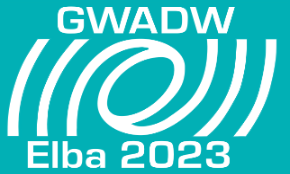Speaker
Description
The next generation ground-based gravitational wave detectors will expand our view of the Universe. The Einstein Telescope, expected to be built in Europe in the next decade, will be an order of magnitude more sensitive than Advanced Virgo and LIGO and expand its frequency range down to 3 Hz. This low-frequency sensitivity will allow the detection of high-redshift black hole coalescences and increase the number of expected multimessenger observations of compact binary systems, including binary neutron stars. Higher sensitivity at low frequencies can be achieved with next-generation seismic attenuation systems based on those currently used for Advanced Virgo. We present Octopyus, a simulation software dedicated to the development and study of new solutions for passive seismic isolation for the Einstein Telescope. The aim is to decrease the size of seismic attenuators, which are 17-m high in the current design, and significantly reduce the amount of underground civil works needed. The simulator has been developed within the project “Black Holes for ET in SArdina” (BHETSA) and combines the long experience gained in the simulation and construction of the Advanced Virgo seismic isolation system with an optimized, state-of-the-art simulation engine. Octopyus will allow to explore different seismic attenuation configurations and evaluate their performance, thus contributing to the development of one of the key elements of the whole Einstein Telescope project.

